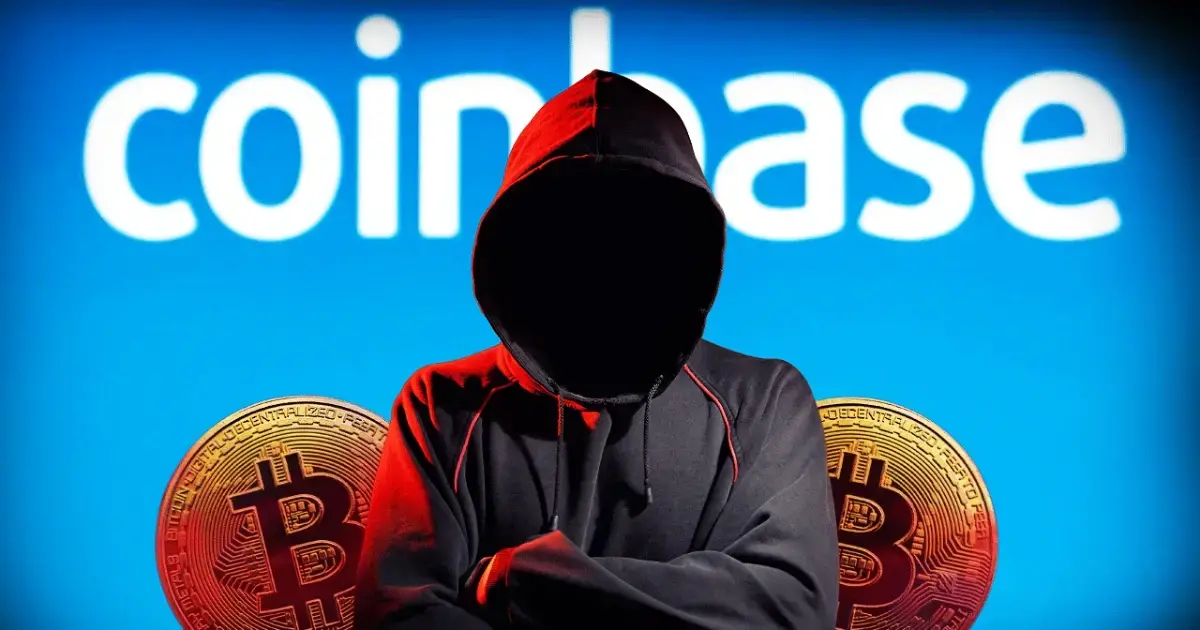In-depth analysis of Usual Money: 4-year lock-up period of USD0++, beware of retail liquidity traps
Author: @Web3Mario (https://x.com/web3_mario)
Abstract: This week, I continued to study the relevant documentation of the Telegram API and had a little complaint about the documentation style of the Telegram system, which is quite "Russian hardcore." During my leisure time, I chatted with friends about a rather interesting stablecoin project that seems to be gaining popularity recently, Usual Money. Since I have always maintained an interest in researching stablecoin projects, I immediately spent some time doing some research. I have some insights to share with everyone, hoping to help you view or participate in this project more cautiously. Overall, I believe the core innovation of Usual Money lies in the design of its tokenomics, which supports the value of its governance token $Usual by using the profits from interest-bearing collateral, and by encapsulating a 4-year bond product USD0++, it reduces the liquidity of USD0 and ensures the relative stability of the aforementioned profit flow. However, for retail investors with smaller amounts of capital, USD0++ is essentially a liquidity honey pot, and caution is required when participating.
Analysis of the Mechanism and Core Selling Points of Usual Money
Since the points activity started last month, some PR articles have already introduced Usual Money on the Chinese internet, and interested friends can learn more on their own. Here, I will briefly review and add some interesting information. In looking at other introductory articles, they all mentioned that the founder of Usual Money is a former French politician. I once thought he should be an older politician, nearing the end of his political career, using his influence to seek a generous pension for himself. However, this founder is actually very young, Pierre Person, born on January 22, 1989, who served as a member of the National Assembly for Paris's 6th constituency from 2017 to 2022. During his political career, he mainly acted as an electoral aide and political ally to French President Macron, belonging to the French Socialist Party, with a leftist political spectrum, involved in bills related to LGBT healthcare and cannabis legalization, thus fitting the typical image of a "white left elite."

Considering his political background, it is understandable that he chose to "abandon politics for business" this year, as Macron's Renaissance Party (centrist) lost to the left-wing alliance "New People's Front" in the 2024 National Assembly elections, and the gap with the far-right National Rally, which came in third, was not far off. This essentially means that the political environment in France is becoming extreme, consistent with most Western countries. Therefore, as a representative of the establishment, Pierre Person, an important political ally of Macron, choosing to switch careers at this time can be seen as a wise decision.
The reason for adding this information is to help everyone understand what the founder's expectations for this project are, which determines how much resources he is willing to invest in it. Back to Usual Money, this is a stablecoin protocol whose core mechanism includes three types of tokens: the first, USD0, is a stablecoin issued with a 1:1 reserve of RWA assets; the second, USD0++, is a circulating certificate for a 4-year USD0 bond; and the third, Usual, is its governance token.
We know that the current stablecoin landscape can be divided into three main categories based on their evolutionary direction:
- High-efficiency trading medium: This category mainly refers to fiat-backed stablecoins like USDT and USDC, whose primary value is to bridge real-world assets and on-chain assets. Therefore, the focus of these projects is on how to create more liquidity for issued assets, thereby providing users with a better trading experience to increase adoption.
- Censorship-resistant: This category mainly refers to decentralized stablecoins like DAI and FRAX, which are collateralized by crypto assets. Their main value lies in providing storage and hedging capabilities for funds with high privacy requirements under the premise of resisting censorship. Therefore, the focus of these projects is on how to increase the stability of the protocol while ensuring a high degree of decentralization, making them more resilient to risks like bank runs.
- Yield-generating low-volatility financial product certificates: This category mainly refers to projects like USDe, which package certificates of low-risk financial products with Delta-neutral characteristics into stablecoins. Their main value is to capture more yield for users while ensuring low volatility of the principal. Therefore, the focus of these projects is on finding more low-risk, high-return investment portfolios.
In the actual evolution of projects, these attributes often blend with each other, but typically, a project's core innovation point falls into one of the three categories above. Usual Money belongs to the third category. Therefore, its main selling point is to bring yield to users through USD0. Now, let's look at how Usual Money is designed. Judging a stablecoin project usually requires analysis from two dimensions: stability and growth potential. Products like USD0 typically exhibit relatively strong growth potential but may be slightly weaker in stability.
First, regarding stability, USD0 adopts a relatively mainstream design of 100% reserves, rather than an over-collateralization mechanism. Similar examples include Fei, the current version of FRAX, Grypscope, etc. In simple terms, you pay a certain amount of funds to mint an equivalent stablecoin from the protocol, and your funds will be 100% reserved as collateral for the newly issued stablecoin, thus supporting its value. The mechanism chosen by USD0 makes some selections regarding the types of acceptable reserves, opting for a basket of RWA assets as the reserve for USD0, specifically short-term U.S. Treasury bonds and U.S. overnight reverse repurchase agreements. In the current early stage, USD0's reserve consists of only one type, which is USYC issued by Hashnote, a RWA on-chain asset that meets the above requirements. Users can choose to use USYC to mint USD0 at Usual Money at an equivalent value, or they can use USDC, but it will be converted to USYC by an agent.

This brings two benefits:
- It provides a real source of yield for the protocol while ensuring extremely low risk.
- It brings liquidity to early-stage RWA assets through aggregation.
On the first point, most similar projects operate similarly. Even projects like USDT and USDC do this, so the core innovation of Usual Money lies in how the obtained yield is distributed, which is the core of its mechanism, USD0++. In simple terms, this is a 4-year circulating bond for USD0. It is important to note that holding USD0 does not generate any yield; only by exchanging USD0 for USD0++, which requires locking it for 4 years, can one capture the yield. This is similar to the design of Ethena. Of course, during the term, users can sell USD0++ in the secondary market to obtain liquidity in advance.
It is worth noting the source of yield for USD0++ and the method of yield distribution. First, it should be emphasized that the yield from USD0++ corresponds only to the RWA yield of the assets you have contributed, not a proportional share of the total yield generated by all reserves. Secondly, regarding the yield distribution method, Usual Money offers two options: one, you can hold USD0++, and the rewards will be distributed in the form of Usual tokens, which will be issued according to the average yield rate of current RWA; two, you can choose to lock it for 6 months, after which you can choose to receive all tokens in the form of USD0 or Usual tokens. However, if you unlock during the lock-up period, you will not receive the yield generated during the lock-up.

To illustrate with a specific example, suppose the average APY of Usual Money's reserves is 4.5%, and you purchase $100 of USD0 and convert it to USD0++. At this point, you have two options:
- If you hold it without action, you can earn a daily reward of $0.0123 (100 * 4.5% / 365) in Usual tokens. Of course, if Usual appreciates, your yield may increase; conversely, it may decrease, which is what they refer to as the so-called USD0++ Alpha Yield.
- You can choose to lock it for 6 months. Assuming the average APY remains at 4.5% during these 6 months, then after the 6-month period, you can choose to receive $2.214 in USD0 or $2.214 worth of Usual tokens. This avoids the risk of reduced yield due to price fluctuations of Usual during the term. This is referred to as the Base Interest Guarantee (BIG).
This means that only the yield from the RWA assets corresponding to USD0++ during the 6-month lock-up period may be truly distributed, and the expected yield will only be at the average level of RWA. Beyond this, the yield corresponding to the remaining RWA assets will be reserved and managed by the protocol as value support for Usual tokens. Of course, how this portion of assets will specifically connect with Usual tokens will need to wait for more mechanism details to be disclosed, but it is likely to involve buybacks or similar methods.
Stakeholders in Usual Money and Why It Is Considered a Liquidity Honey Pot Designed for Retail Investors
After understanding the mechanism design of Usual Money, let's analyze the stakeholders involved in Usual Money and their respective interests. We can roughly categorize them into six roles: VCs or investors, RWA issuers, KOLs, whales, project teams, and retail investors.
First, for VCs or investors, their core interest lies in the value of Usual tokens. We see that the investment institutions and fundraising scale of Usual Money are quite good. This also reflects the confidence in the mechanism design to ensure the value support of Usual tokens. It can be anticipated that the project has a strong ability to mobilize the enthusiasm of VCs or Usual investors. By leveraging senior endorsements, more people can be encouraged to participate in the USD0 protocol, and even directly lock into USD++, which will greatly help the price stability of Usual Money. Therefore, you will find it relatively easy to see supportive voices from relevant individuals on social media.
Next, regarding RWA issuers, as we learned from previous introductions, Usual Money is a good liquidity solution for RWA issuers. Frankly speaking, the adoption of RWA tokens in the current market is not high, primarily because the yields of real-world assets are often lower than those in the Web3 space, making them less attractive to crypto funds. However, after integrating with Usual Money, since users' focus shifts from RWA to potential Alpha yields, the funds attracted will seamlessly and imperceptibly be converted into corresponding RWA, thereby indirectly creating demand and liquidity for RWA, which is why they are willing to support it.
Next are KOLs, and whether they have a buyer's or seller's mentality matters here. In the current Usual Money points activity, due to the design of commission from invitations, KOLs looking to benefit from this part will naturally attach their invitation codes after a round of endorsements.
For whale users, typically, due to their financial advantage, they will hold a significant portion of Usual token incentives, especially considering that the tokenomics design of Usual seems to allocate a large proportion to the community, accounting for 90%. As analyzed above, since USD0++ has a term of 4 years, this means participants are likely to face significant discount rate volatility risk. However, for whales, they can utilize an interesting design in Usual Money to mitigate this issue, the Parity Arbitrage Right (PAR). In simple terms, when USD0++ experiences significant deviation in the secondary market, the DAO may deem it necessary to unlock a portion of USD0++ in advance to restore liquidity in the secondary market. In this process, whales naturally have more influence, and when they believe it is necessary to push for an early release, they can easily use this clause to reduce the discount rate or lower trading slippage.
This mechanism is equally important for the project team because, in this process of restoring liquidity, it essentially amounts to arbitrage trading, and the interest generated from this trading will be managed by the project treasury. Therefore, maintaining a certain discount rate can bring profits to the project team, which corresponds to the exit costs for retail investors.
Finally, for retail investors, they are the only disadvantaged and passive party in this protocol. First, if you choose to participate in USD0++, it means a 4-year lock-up period. We know that in the bond market, longer maturities typically come with greater risk discounts, yet the potential yield of USD0++ is only at the level of short-term U.S. Treasury bonds. This means that you are taking on more risk while receiving the lowest yield. When retail investors exit, they will not have the advantages that whale users possess in DAO governance, which means they will inevitably bear a significant discount rate cost. Since these costs are an important source of revenue for the project team, it is unlikely that retail investors will receive any special consideration from the project team.
Especially considering that the Federal Reserve has entered a rate-cutting cycle, facing increasingly lower yields, the capital efficiency of retail investors participating in USD0++ will be further compressed. Additionally, since rate cuts mean bond prices will rise, the appreciation of RWA will serve as nourishment for the appreciation of Usual, leaving retail investors with nothing. Therefore, I believe this is a beautifully crafted liquidity honey pot woven by many elites for retail investors. Everyone should approach participation with caution. Perhaps for small-cap users, allocating some Usual may be more cost-effective than earning USD0++.











